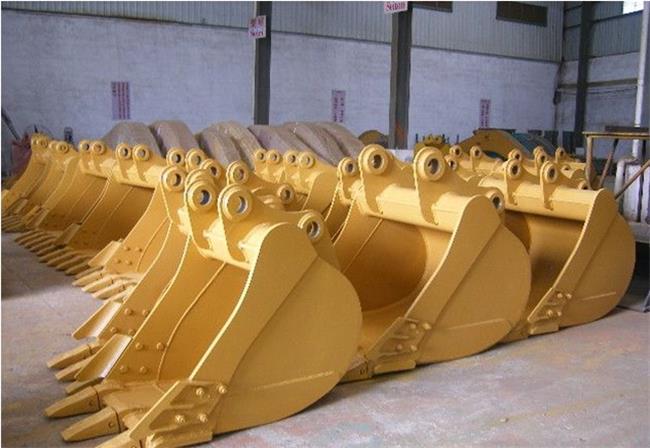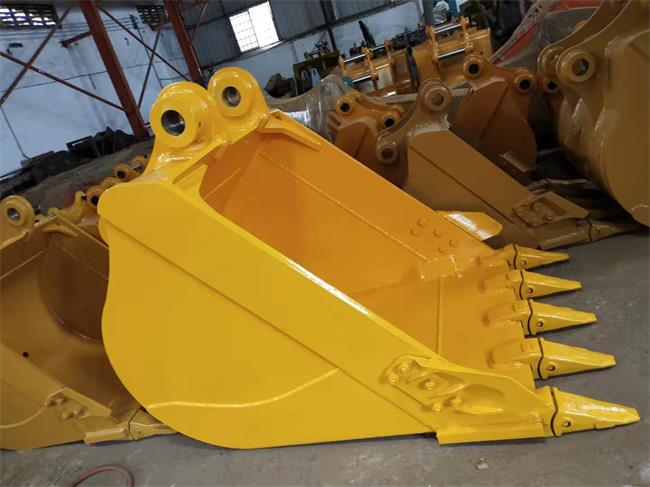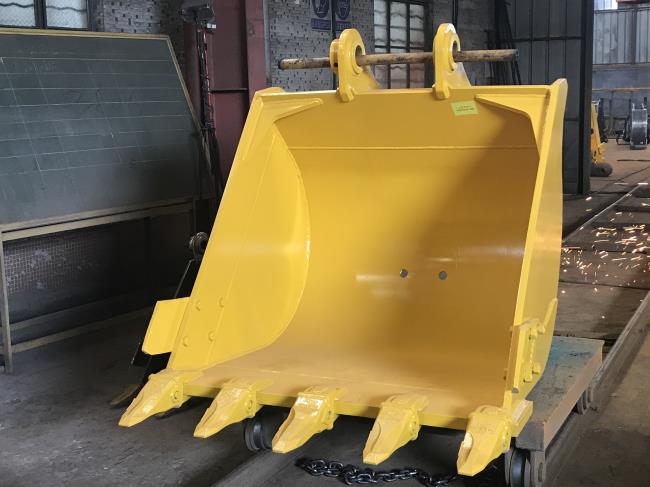 HuiTong
HuiTong  2025-06-13
2025-06-13
How important is the excavator digging bucket? I don't need to repeat this again. It is like a hand of an excavator, which bears the maximum load in the excavation work. It is inseparable from all kinds of excavation operations. So, how do we protect this "hand" and let it bring us greater wealth?

Don't use a bucket to pry away objects before digging
why? It's very simple. When you try to pry an animal body, the lever principle will act on the excavator digging bucket, especially the bucket teeth, with a force several times higher than the oil pressure. This is particularly harmful to the bucket teeth, and it is very easy to cause cracks and breaks in the bucket teeth, such as tearing of the front plate of the bucket or even cracking of the bucket welding seam.
The excavator digging bucket and the forearm should be relatively fixed against the target, and then dragged backwards. The biggest advantage of this is that when a large stress is generated, the safety valve of the hydraulic system can automatically adjust the force to be used. range.

Avoid using the bucket to fall and impact the rock work
Imagine that if you slam it down like this, the joint between the excavator digging bucket and the forearm will withstand a considerable instantaneous impact, which may cause greater bending and deformation, and severe cracks.
Don't turn around and hit the object, it will hurt the bucket too much
The third prohibited operation behavior is to use the collision force of the side wall of the bucket to move objects or the turning force to move large objects.
Because when the bucket collides with the rock, the bucket, boom, working device and frame will generate excessive load, and the use of rotating force when moving large objects will also generate excessive load, which greatly reduces the excavator Service life.

Rotating bucket teeth hitting rocks at high altitudes
Don't let the excavator digging bucket rub the object laterally by turning! Doing so will greatly accelerate the wear rate of the bucket teeth on the one hand, and on the other hand, as mentioned in the previous chapter, if a solid rock is encountered during the rotation, it will also affect the boom and the pin of the working device. In the same way, when using rotation to move large objects and using bucket sidewall collision force to move objects, the probability of cracks in the frame will be reduced by 1/2 compared to the life of the frame with normal excavation.
I wonder if you have remembered the four damage bucket operations listed for you today? I hope that I can care for the bucket like my own hands in the process of work.